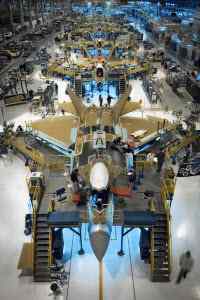

The world’s largest manufacturer of computer printers keeps a factory running 24/7/365. The nonhuman mechanical and electronic workers don’t take breaks, and they toil their entire lives in this fixed location. A daily line of transport trucks delivers raw materials and picks up fully packaged products. A few cars in the tiny parking lot indicate there is merely a small contingent of human workers present.
Given the proper security clearances, issued from the lone guard minding the front gate, a brave person can walk through the center of this huge mechanism. Doing so, one quickly learns that even human visitors are under the machine’s governance. Standing at one end of this system of systems, one can barely make out the other end. It’s a giant machine, as wide as it is long. Approaching a well-defined walkway, the human intruder is warned by red flashing lights to stop while a part of the mechanical line physically retracts in order to allow passage. Once the visitor passes, the track closes and the machine continues at an accelerated pace to make up for the time lost by the encroachment.
This is not a place for the faint of heart or the claustrophobic. There are no escape routes. Should the machine fail to detect your presence, there are no humans readily available to intervene on your behalf. Yes, you are free to leave but only at the mercy of this primary system and only at a pace that doesn’t compromise system requirements.
The colossal machine is made up of subassemblies, and those subassemblies cooperate with one another until complete products are rolling off the end of the line. The fully tested printers are packaged and shipped to a local store near you, and in all likelihood the first human hands to touch the printers are those of retail purchasers.
This is a primary system with a clear goal—the production of objects of value. And where are the human masters? Removed from the process, of course, monitoring, adjusting, and maintaining.
Photo Credits: Kiel Bryant
